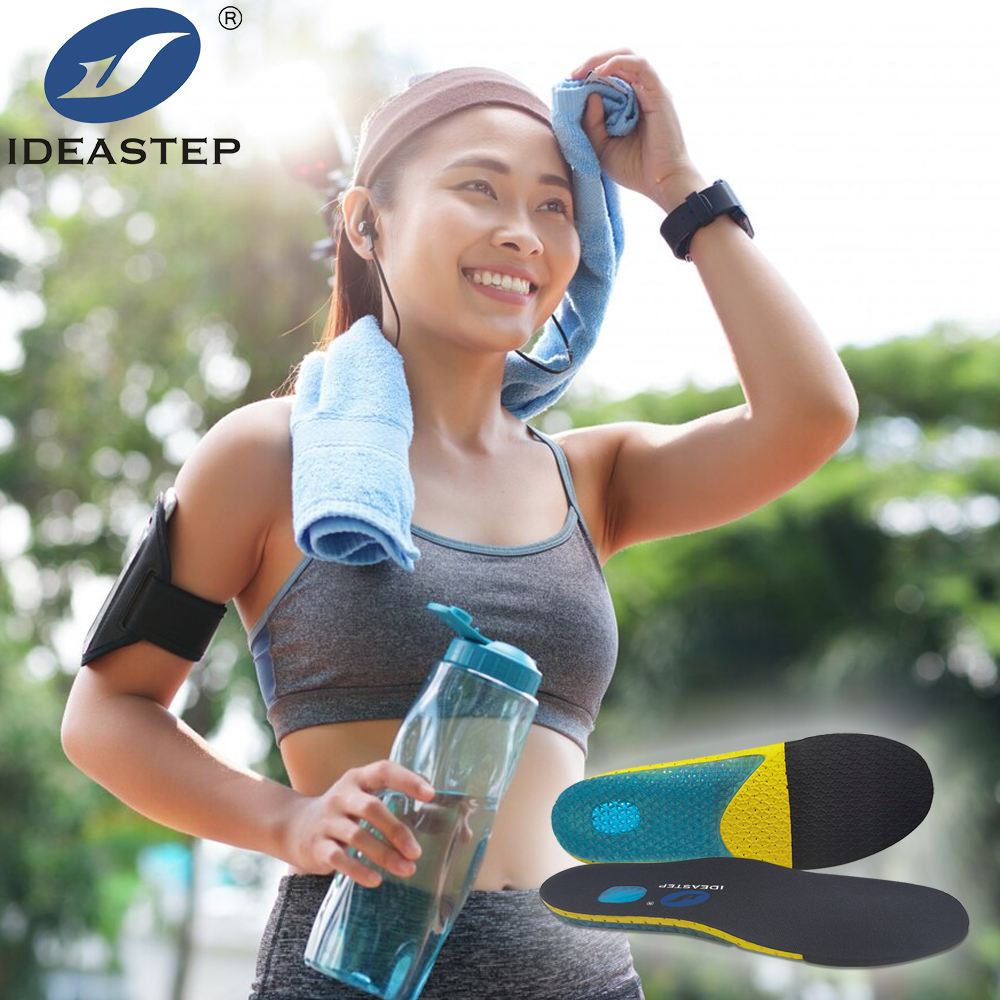Are you constantly on the move? Are you required to wear a specific type of shoe to work? Are you starting to notice any changes in your feet? In this section, we’ll look at how your profession and lifestyle can harm your feet.
Long Days On Your Feet
Doctors, nurses, manufacturing employees, and restaurant workers spend the most of their workdays on their feet in a fast-paced atmosphere. Due to muscle exhaustion, this group of persons frequently experiences aching feet. It is crucial to remember that our feet hold our entire body weight, therefore it is no surprise that they might grow exhausted.
Plantar fasciitis (heel and arch discomfort) can occur, especially if the individual wears improper footwear, such as a nurse wearing a non-supportive, cloth shoe. Wearing a well-structured, thick-soled shoe with insoles can provide support and cushioning to the feet, lowering the risk of developing plantar fasciitis and other foot disorders.
Your podiatrist can examine your shoes and, if necessary, prescribe insoles.
High-Heeled Shoes
When we stand, our bodies support our weight; imagine almost all of that weight resting on the ball of your foot. That’s what happens when you go around in high heels. This can result in conditions such as metatarsalgia (ball of foot discomfort) or Morton’s neuroma (like walking on a pebble). Both of these are the result of too much pressure. Due to the extra pressure and limited space in the shoe, callus (hard skin) and corns (circular area of callus with a painful center) are likely to develop.
Lawyers and bankers, for example, may be required to wear high heels on the workplace. In these circumstances, it is important to opt for the best qualities in a high heel, such as wearing a wider and round toed design rather than pointed and narrow, lowering the heel height, and having a thicker sole for additional shock absorption. Gel pads can help relieve pressure at the ball of the foot, but they can take up more space in the shoe, which can lead to a corn on the toe if the shoe is too shallow or too small.
Boots and Wellingtons
Farmers and construction workers must wear wellingtons and steel toe cap boots, which create dark and occasionally moist environments in which bacteria and fungi can grow. Athlete’s foot (fungal skin), fungal nails, hyperhidrosis (sweaty feet), and pitting keratolysis (bacterial skin infection) are common as a result.
Chilblains can occur when wearing wellington boots in cold, wet weather, which is most common during the winter months. Warming feet gradually over time is recommended, and radiators and open fires should be avoided since these can aggravate chilblains and cause ulcers (sores). Thicker socks and insulated wellingtons can help prevent them, as does discarding leaking footwear.
A podiatrist can assist with all of these ailments by assessing the problem and developing a treatment plan. They may also recommend insoles, which add support and cushioning to your footwear and make it more comfortable.
Flip Flops and Sandals
For day-to-day activity, some people like to wear flip flops or sandals. While some sandals can provide support and even accommodate an orthotic insole, others, such as flip flops, are relatively fragile and can cause foot problems such as plantar fasciitis, as previously discussed.
Because flip flops and slip-on sandals lack a strap to hold them to the ankle, the toes must claw and grab with every stride to avoid stumbling. This exerts undue strain on the soles of the feet, which can lead to plantar fasciitis. This is a condition that can become chronic if the underlying cause is not addressed, such as continuing to wear the sandals that caused the problem to develop.
Long walks in flip flops or non-supportive sandals are not recommended because they allow uncontrolled movement in the feet, which can lead to Achilles tendinitis or ankle sprains.
Flip flops have a function (avoiding verrucae in common spaces where standard footwear isn’t an option, such as work or gym showers), but it is recommended to limit your time wearing them, perhaps to places such as swimming pools.
Runners
We are experiencing warmer temperatures now that summer has arrived. This, along with sweating from exercise, can result in excessive sweating, also known as hyperhidrosis. As previously stated, this can result in the development of pitted keratolysis, a bacterial skin infection. It might result in stinky feet and embarrassment for the individual.
Blisters are another typical condition among runners, which is exacerbated by hyperhidrosis. Sports socks or bamboo socks are effective in wicking sweat away from the skin. Over-the-counter antiperspirants can help manage perspiration, but a prescription may be required in other circumstances – your podiatrist can advise you on the best strategy.
Many people resumed running after the lockdown and may have encountered muscle spasms, strains, or sprains, which podiatrists and physiotherapists may help with. We can provide footwear recommendations, an exercise routine, and possibly prescribe insoles to assist avoid or treat injuries.

